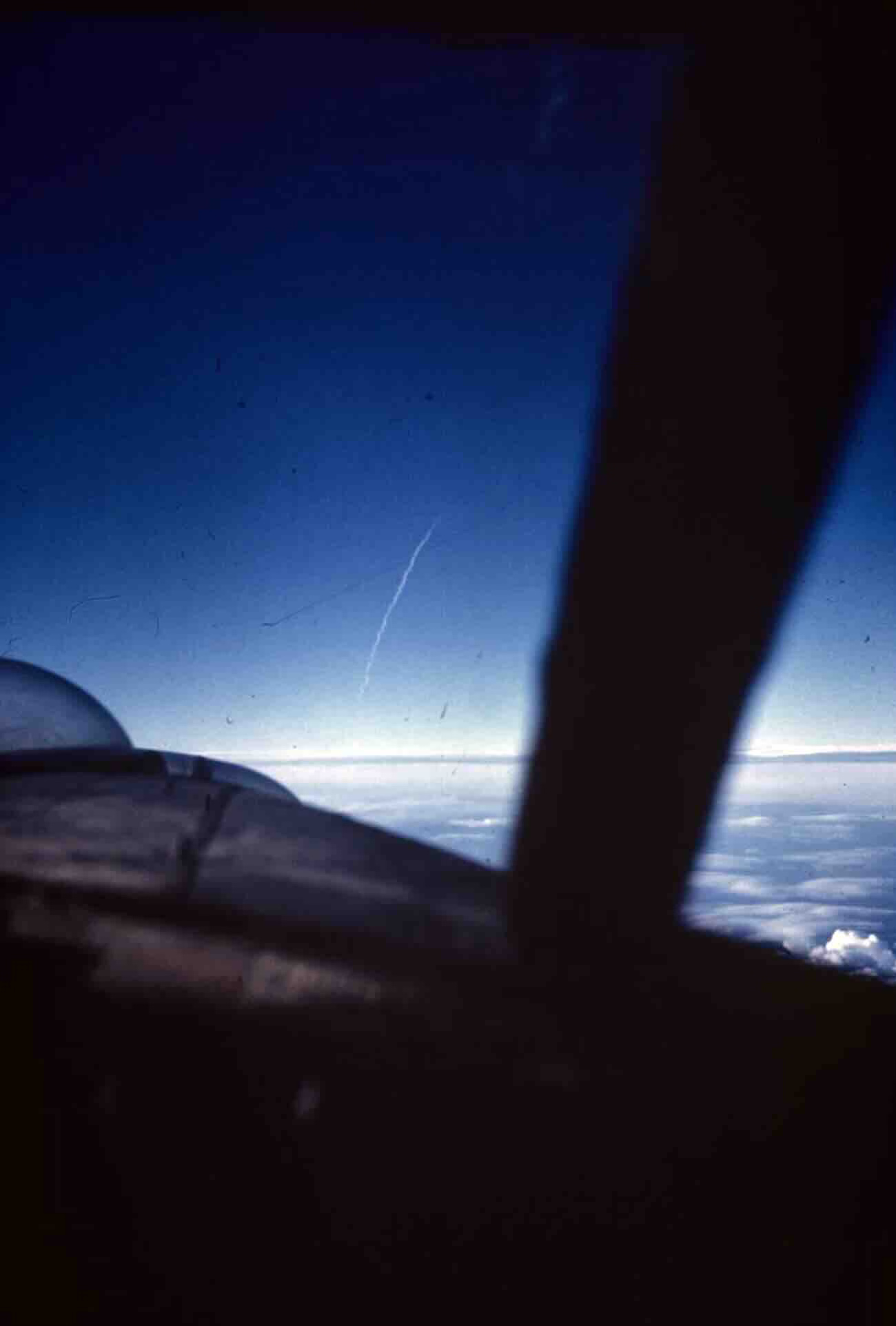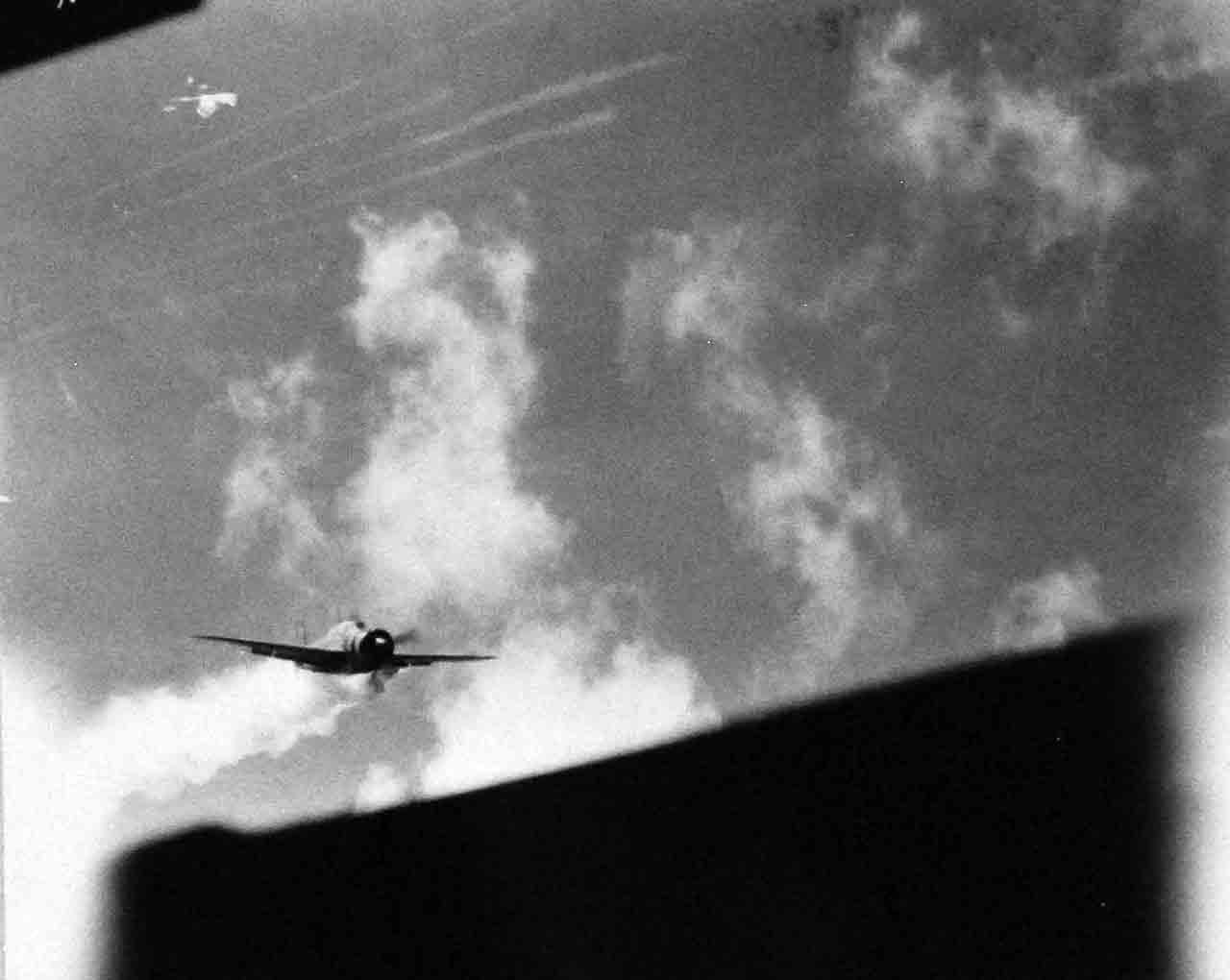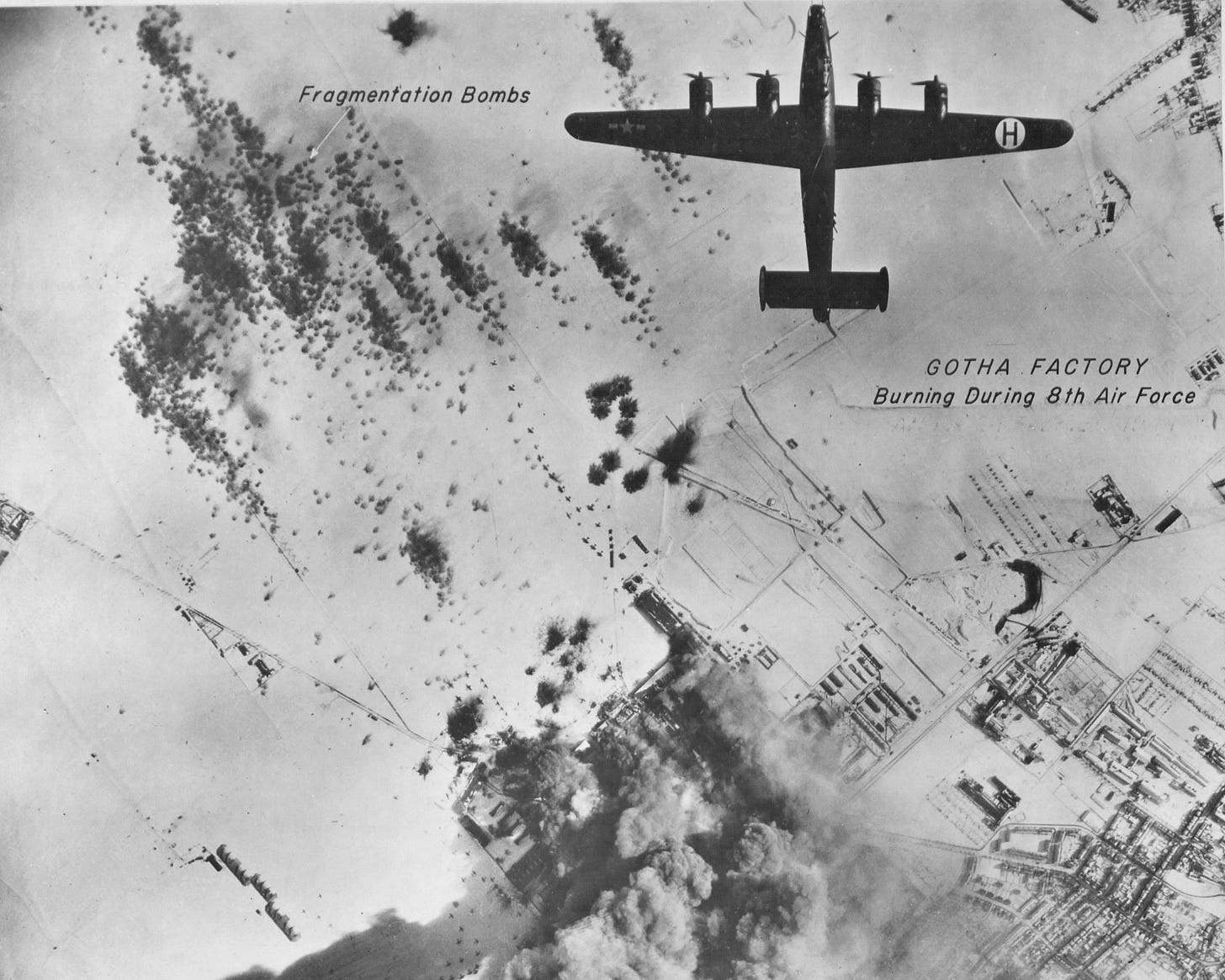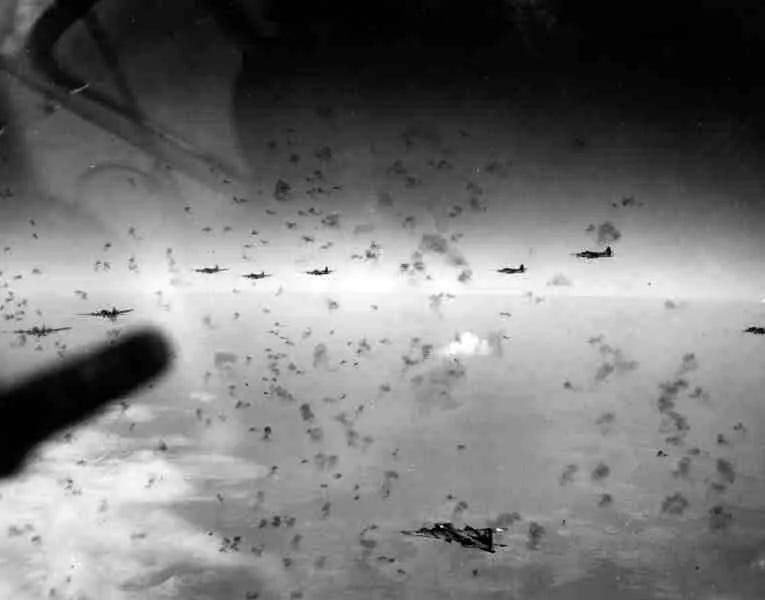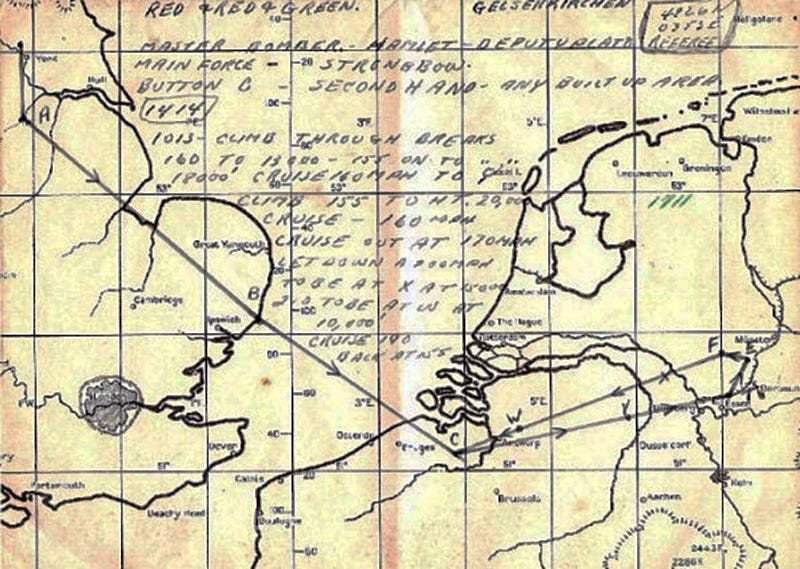Bombing Germany in 1944
This is the first in a series of collections of posts looking back at different aspects of the war during the last year

In 1944, the Allied bombers began to overwhelm the Luftwaffe defence of Germany. Fighter escorts for the USAAF Eighth Air Force meant the unsustainable losses of late 1943 ended. During ‘Big Week’ in February, raids on aircraft production factories made a massive dent in the ability of the Luftwaffe to recover from their losses - and such losses at the hands of the escorts were mounting dramatically. Bombing raids supporting the D-Day invasion successfully disrupted the transport of munitions to the battle area. Area bombing of German troops concentrations on the ground had more mixed results.
As the year progressed, ‘round-the-clock’ bombing became a reality. RAF Bomber Command hit targets at night, and the USAAF revisited some during the day. Even if they weren’t hitting the same target, the Germans were kept constantly on the alert. German industry was being progressively smashed - and civilian casualties grew. The German civil defence organisations were also being overwhelmed - to the point where they were often unable to produce meaningful casualty figures.
A selection of some of the personal stories from the bomber war during 1944:
The 392nd Bomb Group destroy Gotha
While the camera was recording the impact of the bombs, Lieutenant McGregor took over and swung the formation to the outbound heading and the rally point. In spite of the new accurate flak from the 88 and 110 millimeter anti-aircraft artillery, the second and third squadron bombardiers, Lt. Ziccarrilli and Lt. Jackson, steered their squadrons to the precise bomb delivery points, too. Of thirty-two B-24s that took off that morning, twenty-nine delivered 348 500-pound bomb' precisely on the Gotha factory as briefed. Outstanding!

A burning plane and no parachute
As I turned back I noticed that my leather trousers and jacket had caught fire. The turret was like an inferno, and getting worse all the time. My face was tingling, and I could almost feel my flesh shrivelling in that unbearable heat.
Desperately, seeking to escape from the heat, I rotated the turret to port, elbowed the sliding doors open, and back-flipped out into space, 18,000 feet deep. As I left the Lancaster I half sensed, half saw, a great explosion from her, then I was falling through the cold night air.
"Seven seconds from Eternity"
29th April 1944: A vivid account of being the last man out of a burning B-17 en route to Berlin
I had just started firing at another fighter, when our plane was rocked again and I was thrown against the side of the ship. As I stood up, I realized that I was no longer getting any oxygen and then I saw the flames behind my chair and the plane's skin began dripping molten aluminum. It was surreal to watch the aluminum skin, the metal that appeared to surround us so protectively, suddenly drip, drip, drip like soldering lead. My plane was melting before my eyes. Obviously, our oxygen lines were burning because the fire was so intense. I tried to use the intercom but it was dead. I never heard an order to bail out.

USAAF go back to Berlin
The Ground Sector Control by reports from the monitor plane, plus information gained from the German radar, would get a complete picture of the condition, heading, speed, and altitude of our bomber formations. The Germans knew constantly which formations within the larger formation were the most vulnerable to attack because of poor flying, lack of friendly fighter cover, or whatever. They kept their own fighters alerted and were able to hit any part of our attacking force according to precise plan in a matter of seconds after the order was given.

The Kassel Raid Disaster
While we were just getting back together after the fourth turn, someone in our plane called out, "There’s a dogfight!" And all the time I’m thinking, "Oh boy, are we gonna catch it from headquarters when we get home," because we dropped the bombs uselessly.
Then our radio operator, Joe Gilfoil – who was mortally wounded that day – said, "There’s a fire in the bomb bay!"
"Black Monday" in Gelsenkirchen
The only orientation offered were some stripes on the walls, which were painted with fluorescent paint. The bombs were fitted with rattling and whistling air screws to increase the horror effect among the civilian population. By the perfidious acoustics of the descending carpet bombing we sensed in advance, when and with what weight, a bomb would hit our neighbourhood, and we ducked instinctively and crouched on the floor. Continually we pressed our fingers in our ears and opened our mouths, so that the tremendous air pressure did not tear the lungs and eardrums. The basement swayed and shook.
Recently on World War II Today:
